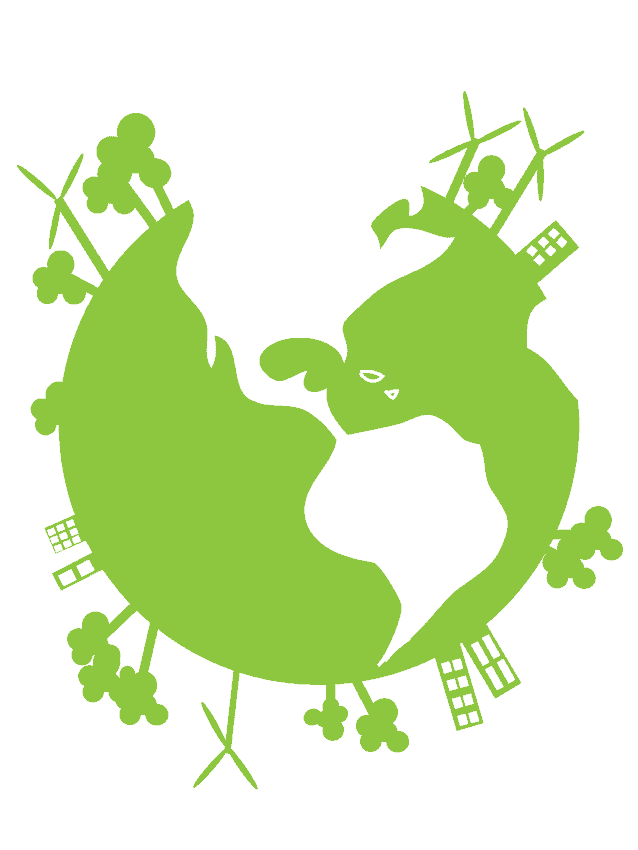Though old news to some, historians and history students at the University of Saskatchewan study not only past human behaviours and patterns, but also actively contribute to knowledge about contemporary environmental issues. Seven members of the U of S history department recently attended a conference to showcase their research in this field.
From Mar. 30 to Apr. 3, graduate students and professors from the department of history attended the annual American Society for Environmental History conference in Seattle, Wash., to present their research on historical topics that pertain to environmental issues or understandings about the environment. This interdisciplinary conference hosted over 15 universities from Canada and the United States and covered topics  ranging from public health to Indigenous communities and their relation to environmental history.
ranging from public health to Indigenous communities and their relation to environmental history.
While environmental history may sound like an area of study with a specific focus, Colin Osmond, a U of S history graduate student, claims that it has implications for all fields of academia.
“People don’t often assume that the environment is a historical actor or something that shapes opinion. The physical world is something that we often assume is just kind of there but we don’t assume that it has a lot of impact on the way that we see the world or shape our understanding of it,” Osmond said.
According to Osmond, since the physical world is of universal relevance, the implications for environmental history on student lives is clear. He thinks that the study of environmental history can prove useful for students in gaining a broader understanding of the world around them, which may be applied to innumerable academic situations or pursuits.
Osmond also suggests that this kind of conference is especially exciting because of its interdisciplinary nature, allowing many students from various areas of study to present their research and showcase their knowledge building skills.
“What is really cool about the conference is that I wouldn’t necessarily say that the research I do falls strictly within environmental history, but they’ve opened it up to make it so anyone who’s discussing something that has some implications for environmental history can come and present and get feedback,” he said.
Osmond speaks to the research he presented at the conference, part of the ongoing work of his master’s thesis, pertaining particularly to Aboriginal communities and the logging industry.
“I’m researching the history of Coast Salish men … [which] is an Aboriginal cultural group in the southwestern coast of British Columbia, stemming kind of from northern Washington State, the Puget Sound region, up into the Fraser River Valley and up to the Sunshine Coast area. It’s a fairly large cultural group with many different individual nations,” he said. “I did a lot of oral history with Aboriginal men who worked in the commercial logging industry and discussing the impact that logging had on Aboriginal identity in the 19th to 20th century.”
Osmond’s research can be seen as an example of how environmental history can work its way into studies that are not strictly based in historical subject matter.
He insists the study of environmental history is a valuable trajectory for students since it can assist in understanding environmental issues such as climate change and global warming and where these phenomena stem from in a historical sense.
“We often assume that those issues are something that can only be dealt with by the hard sciences, by biologists or geologists, but the way that we understand the world around us and the way that world around us is shaped in our minds is totally cultural and social.”
—
Jack Thompson
Graphic: Lesia Karalash